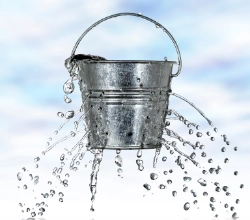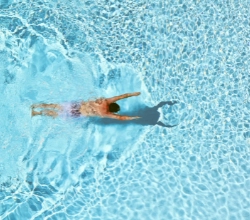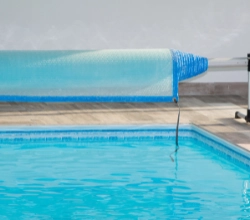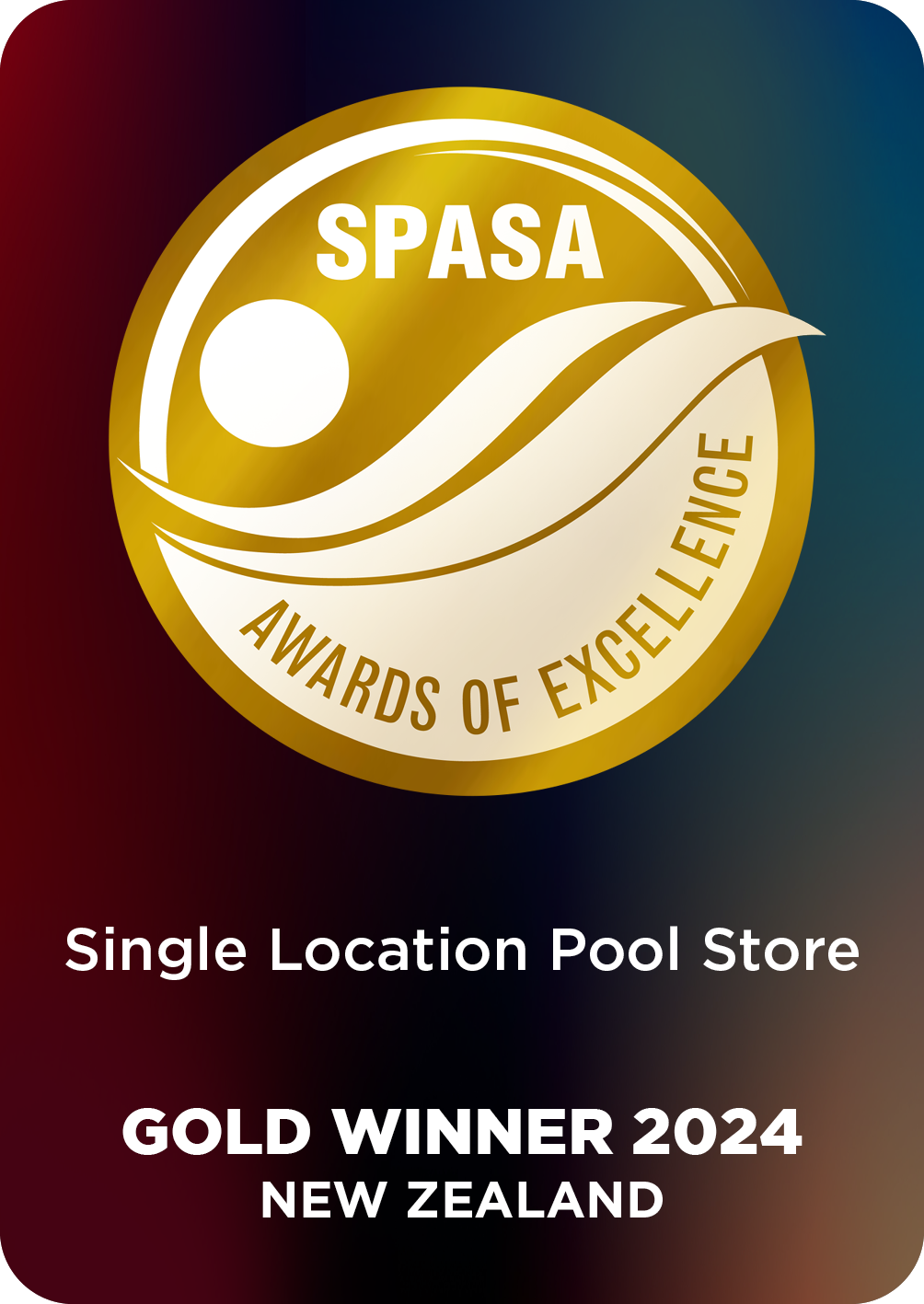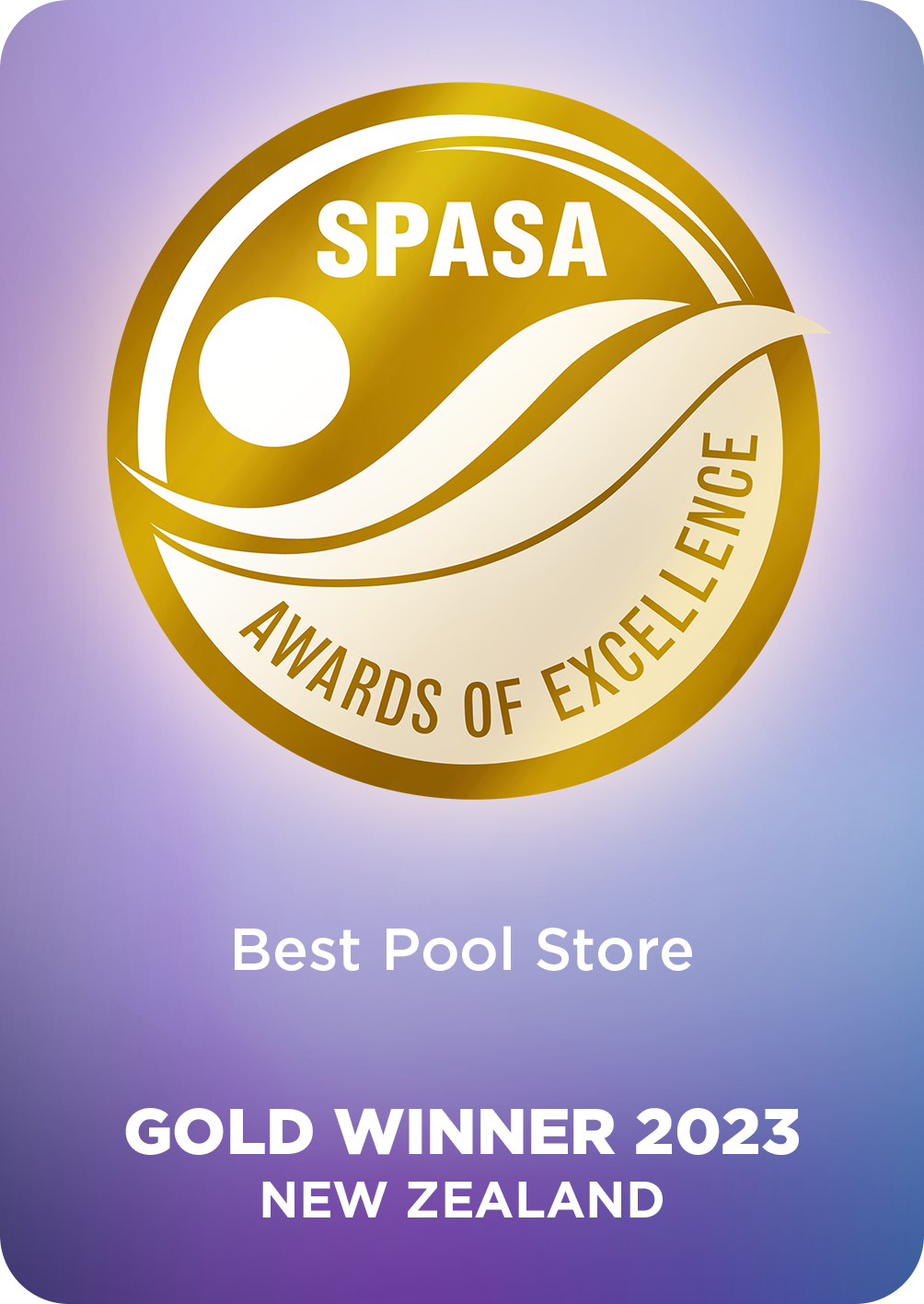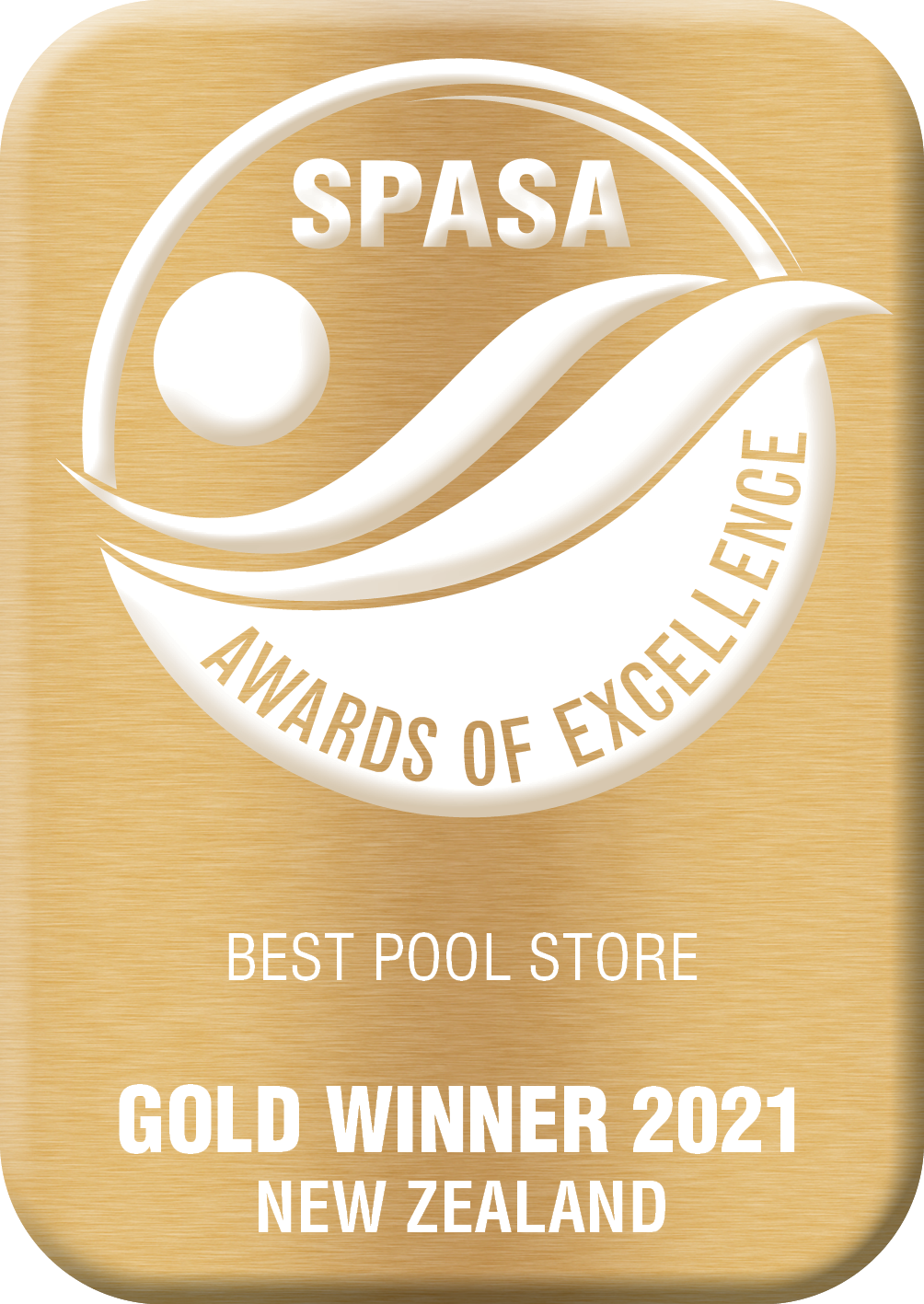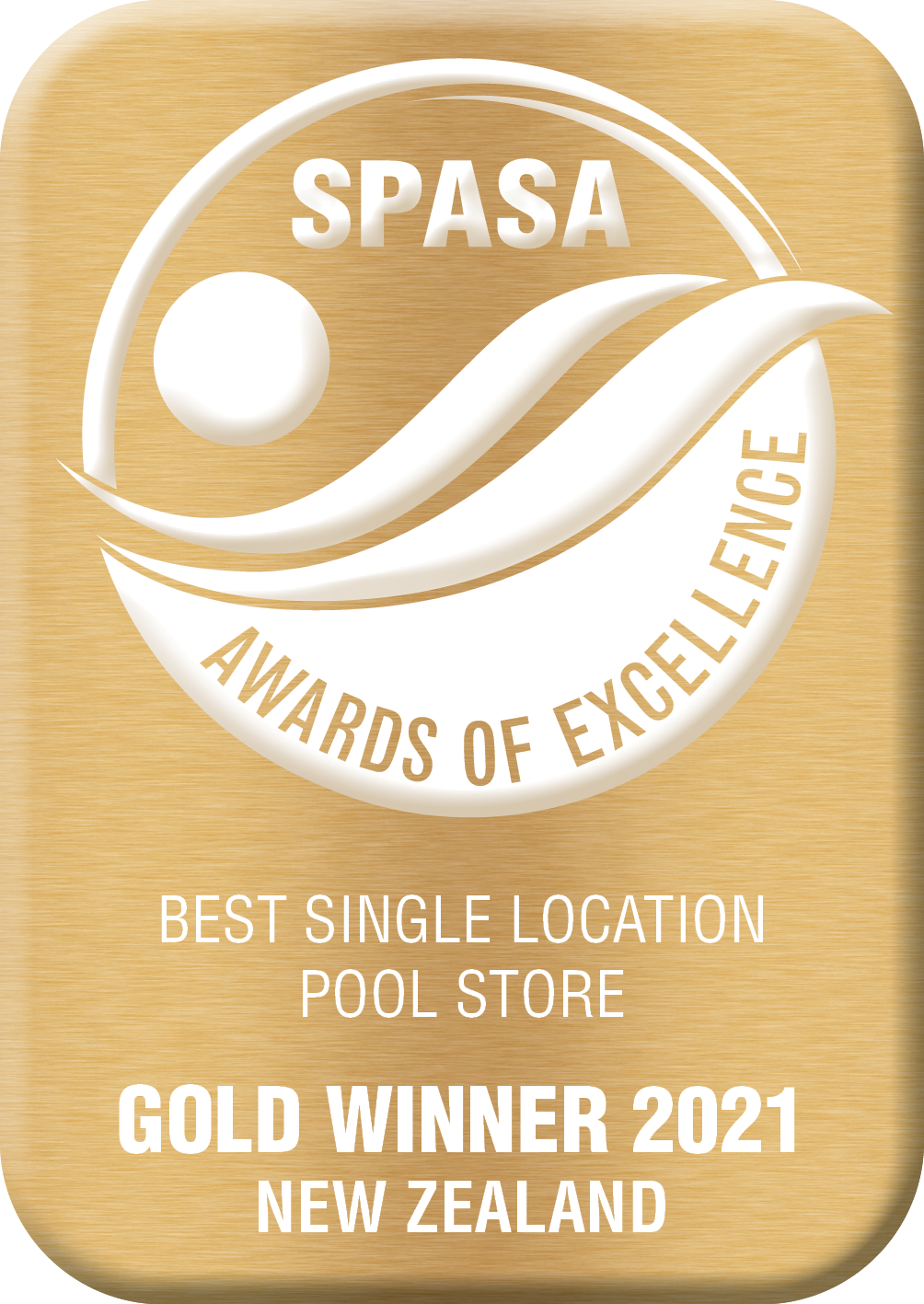
We often talk about swimming pool water balance and how important this is for the health of your pool. But what does that mean? Water balance is the relationship between pH, total alkalinity and calcium hardness. Unless you’re a chemistry whizz you probably still don’t know what water balance is. Let’s look at each component.
pH
pH is a measure of acidity or alkalinity (base) in water and is measure on a scale of 0-14.
- pH below 7 is acidic
- pH above 7 is alkaline or basic
- pH at 7 is neutral
Water with a pH below 7.0 can cause eye or skin irritation, corrosion of fittings, and excessive use of sanitiser. Water with a high pH (above 7.7) can cause eye irritation, cloudy water, scale formation, and dramatically decreases the algae-killing efficiency of chlorine sanitiser.
pH is affected by the type of pool surface, heavy rain, dust, and the amount of use and the type of sanitiser used. Having the correct pH is important and should be tested weekly. Adjust to between 7.4-7.6 as necessary by using pH decreaser (Lo’N’Slo or Liquid Pool Acid) or pH increaser (Balance Pak 200).
Total Alkalinity (TA)
This is always difficult to understand but is very important. pH and total alkalinity are both very important components of your water chemistry. While they are related, they both have different jobs that are crucial in maintaining a healthy pool.
There are minerals in your pool’s water that act as buffering agents. Total alkalinity is the measurement of these alkaline materials that help prevent changes in pH. If your total alkalinity is low, the pH will easily drift making frequent pH adjustments necessary and will allow the water to have more corrosive tendencies.
High alkalinity can keep the water’s pH rigidly fixed so that it cannot be easily adjusted when needed. If pH adjustments are necessary, you will need to use an unusually large amount of treatment chemicals to correct the pH. With high alkalinity, you can also potentially have issues with cloudy water, scaling on pool components, and high pH and low chlorine efficiency.
Total alkalinity is increased by adding Balance Pak 100 and decreased by adding Lo’N’Slo or Liquid Pool Acid.
Calcium Hardness
Calcium hardness refers to the amount of calcium and magnesium salts in your pool water. Levels of calcium hardness will vary between geographical areas and depends on your water source.
Water that has low calcium hardness will ‘search’ for calcium in all surfaces it comes into contact with. The water becomes corrosive, as plaster, concrete, grout, stone tiling, or any surface that contains masonry can experience etching, pitting, or delaminating; essentially dissolving the surface layer of the material. It can also corrode metal surfaces, such as those found in your pool pump and heater.
Your pool water can only dissolve so much calcium before it reaches its saturation point. Any additional calcium forms in the water and is visible and suspended in the water. The out-of-solution calcium can make the water appear cloudy, murky, milky, and even form flakes of calcium. Excessive hardness in a swimming pool left untreated can result in water scale. Although some of the calcium might free-float in the water, much of it will adhere to pool surfaces (scaling). Scaling can clog pool filters, and reduce water circulation through pipes, valves, and fittings making the pool pump work harder to keep the water flowing, reducing its lifespan. Pool heaters will run less efficiently.
To increase calcium hardness add Balance Pak 300. If your calcium hardness is too high use Scale Inhibitor or come and talk to us about ways to manage your high calcium levels.
Are you still having problems with your swimming pool water balance? If you would like to better understand water balance come into the store and talk to one of our friendly knowledgeable staff, or contact us for advice.

